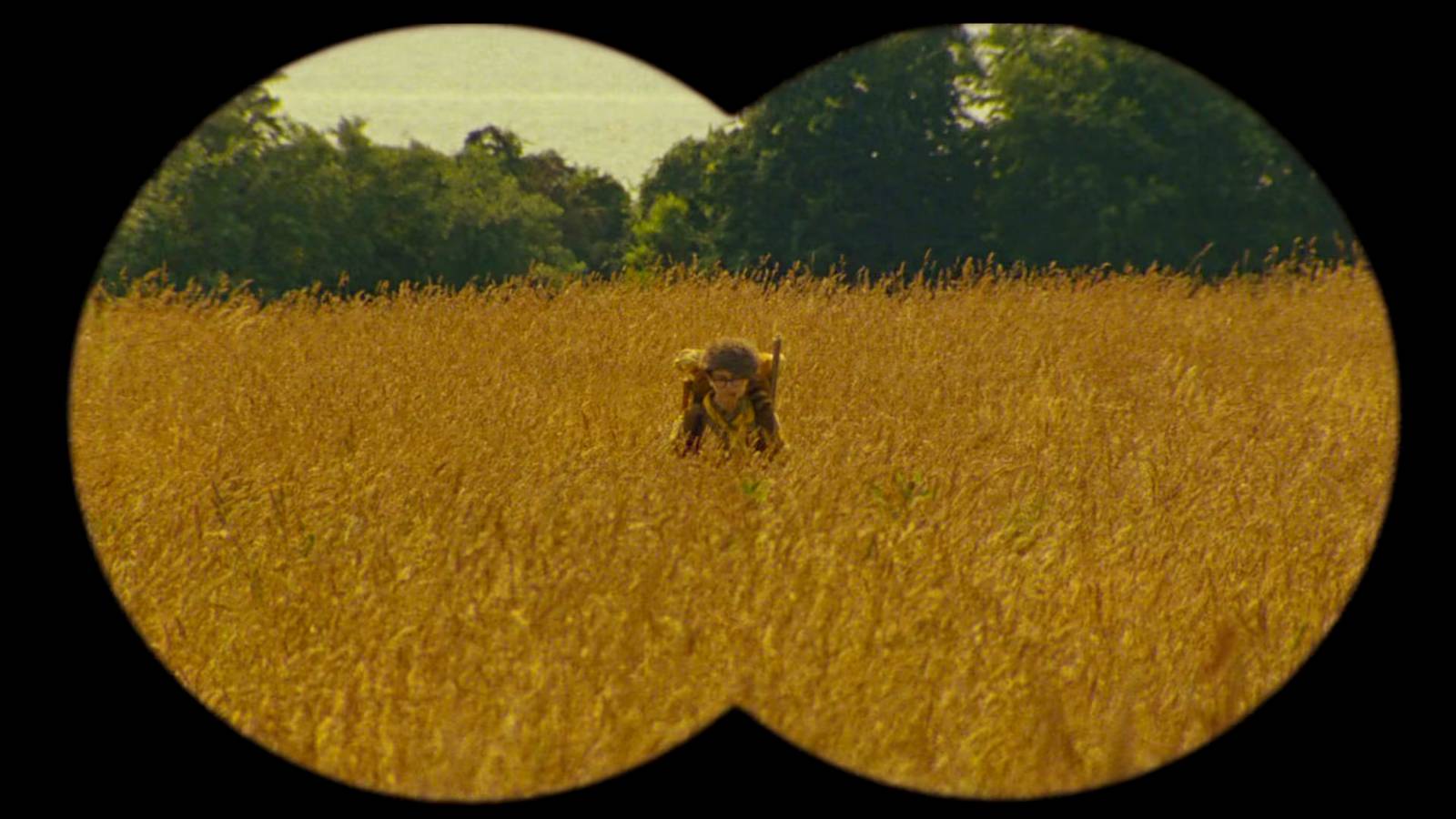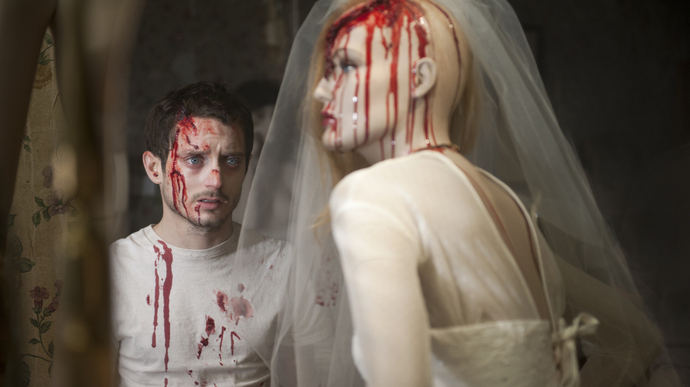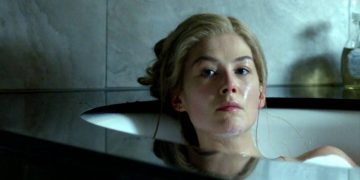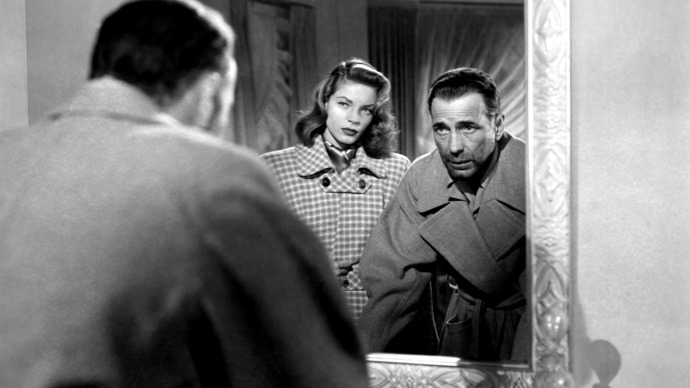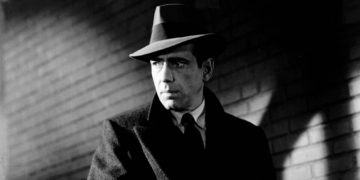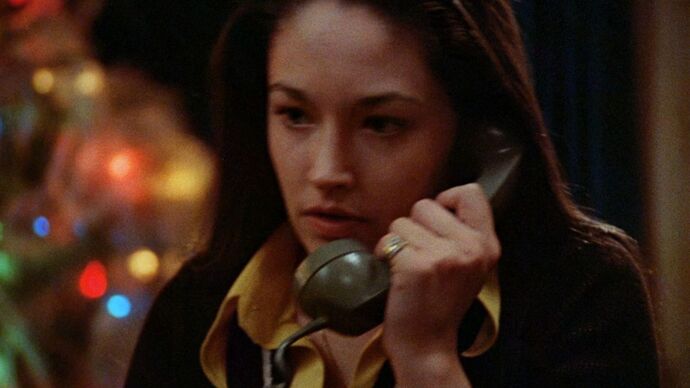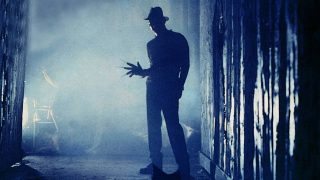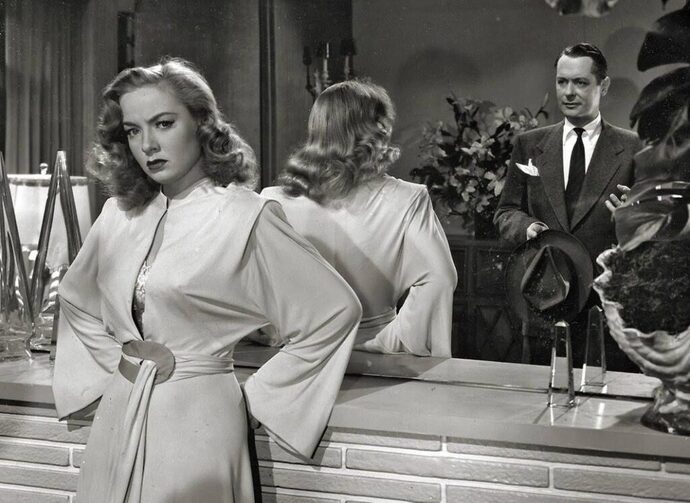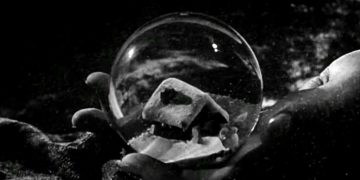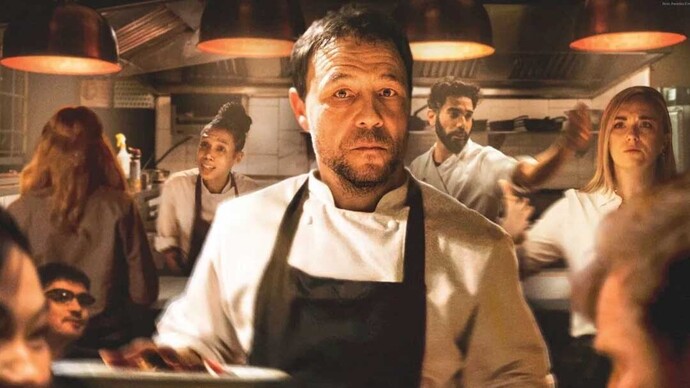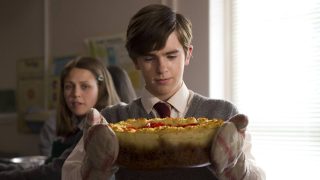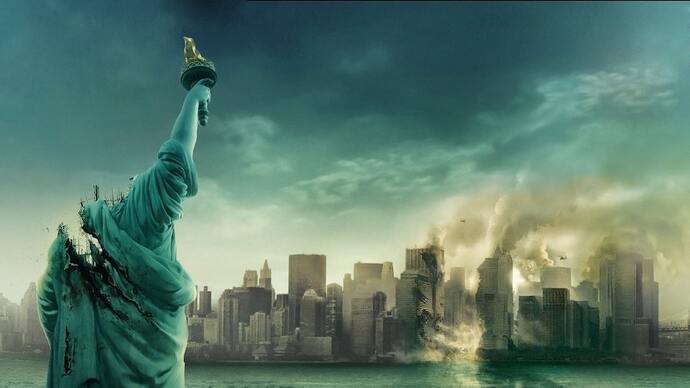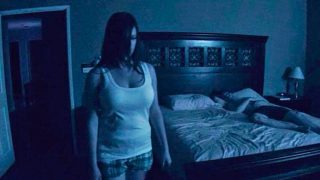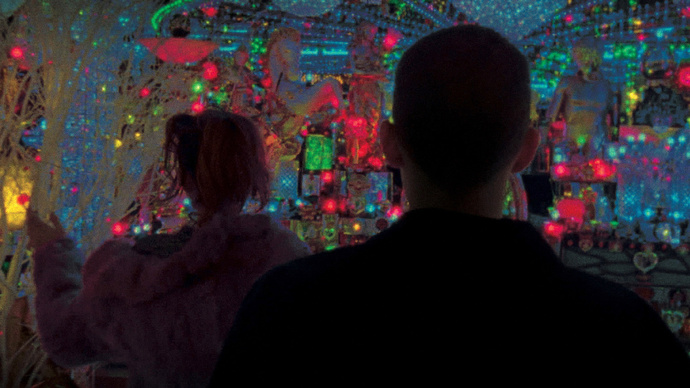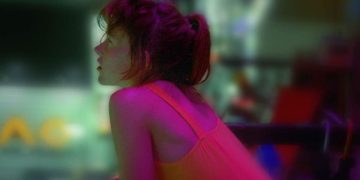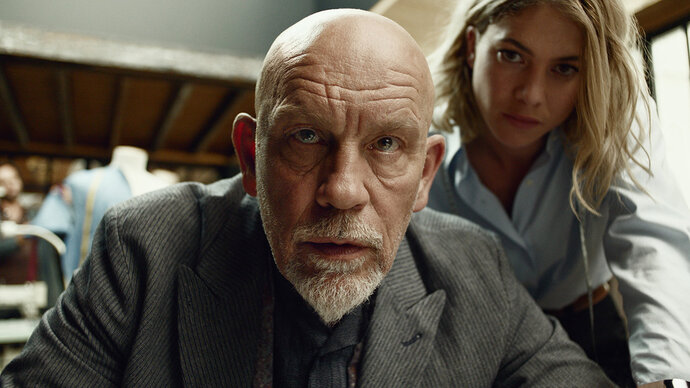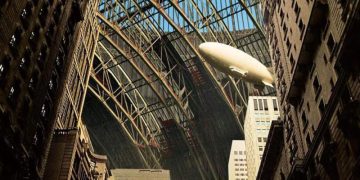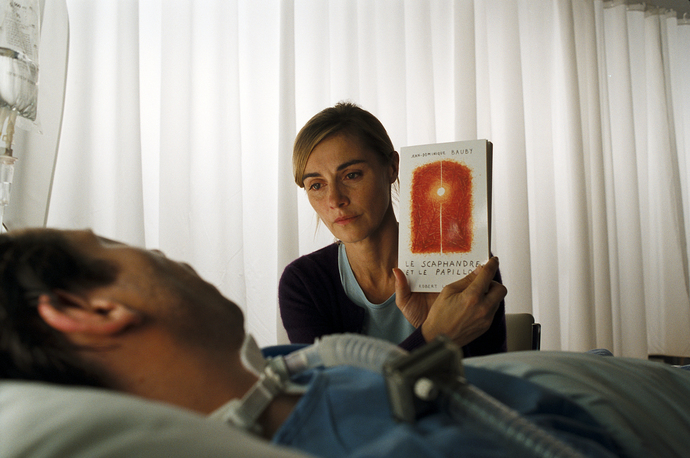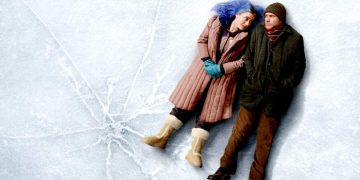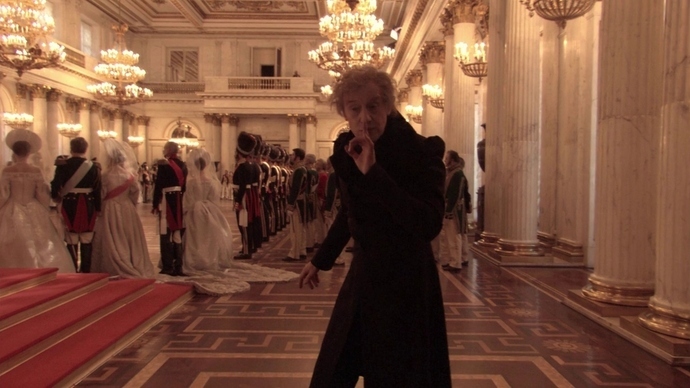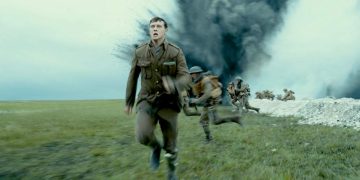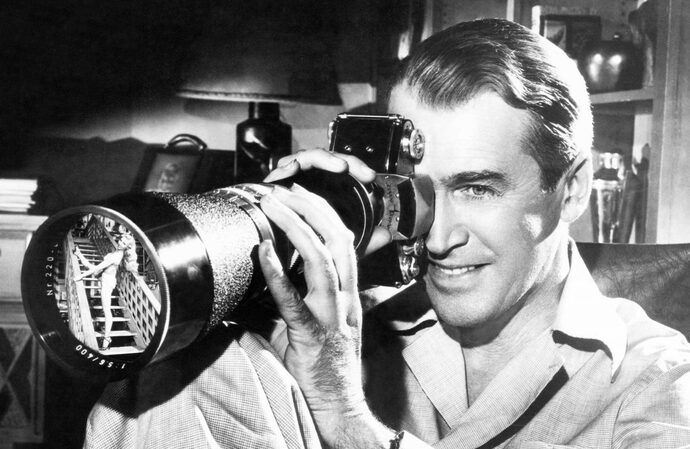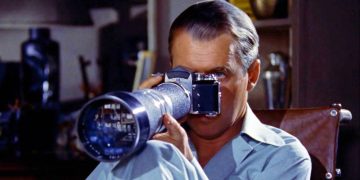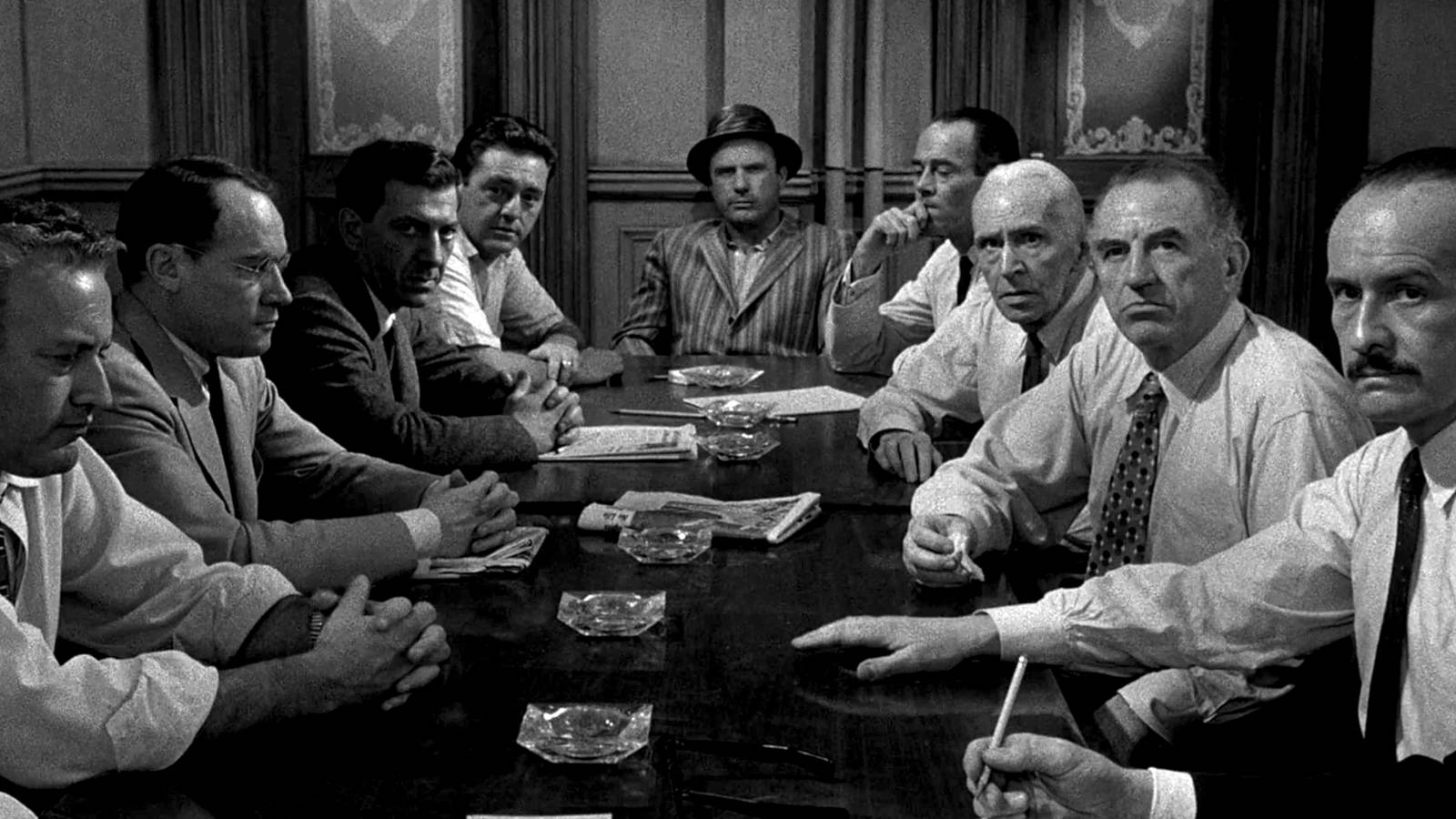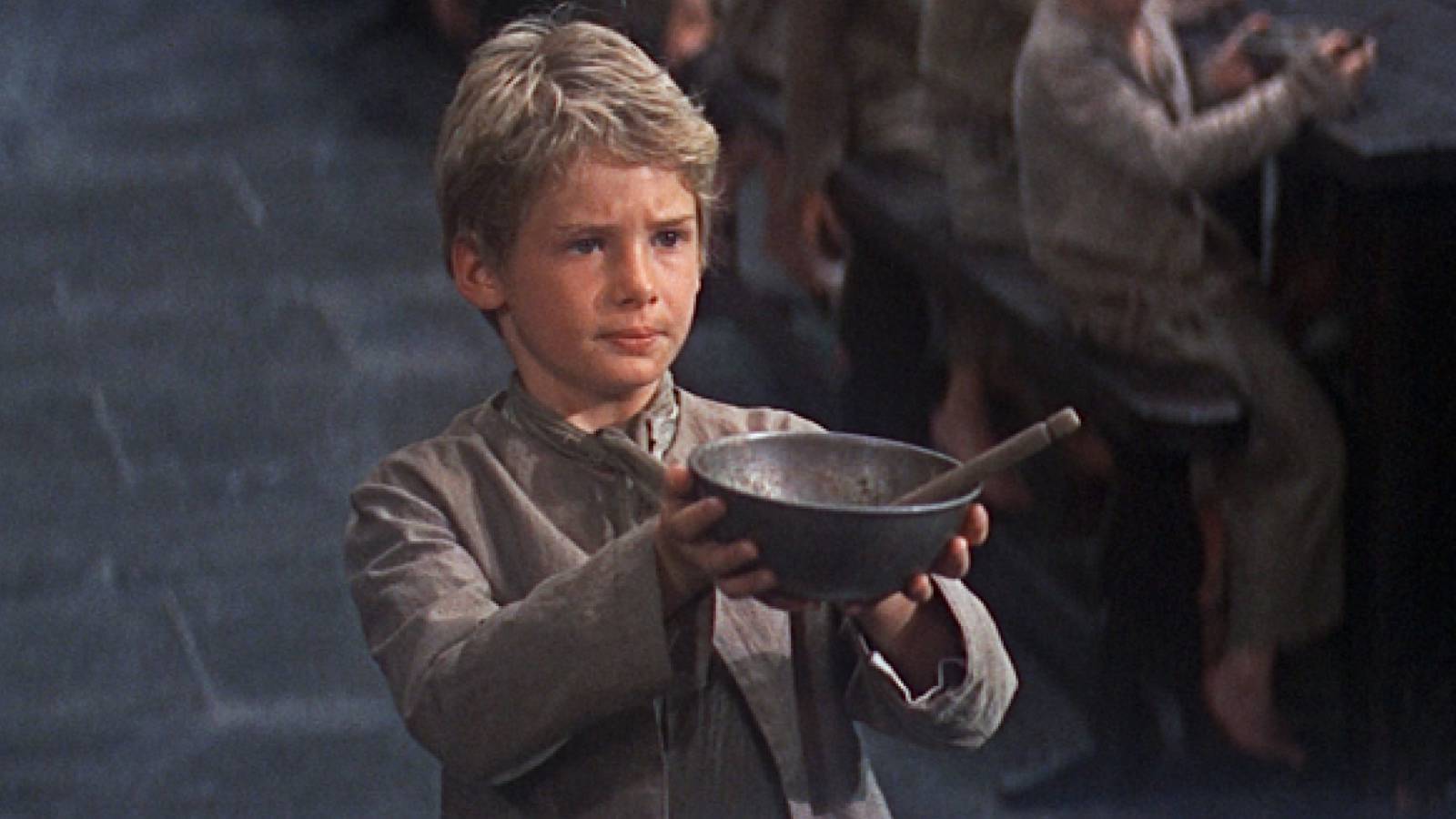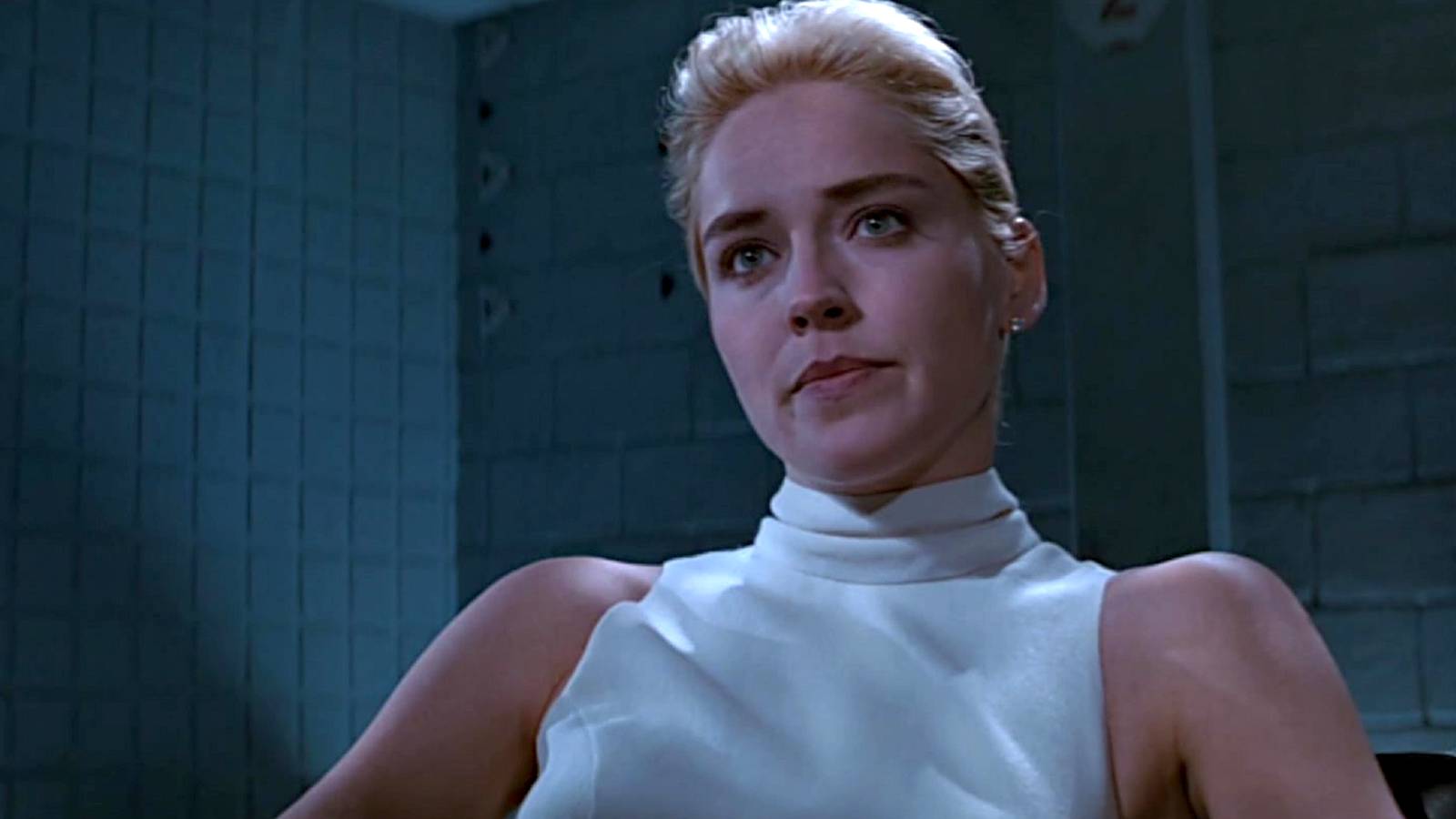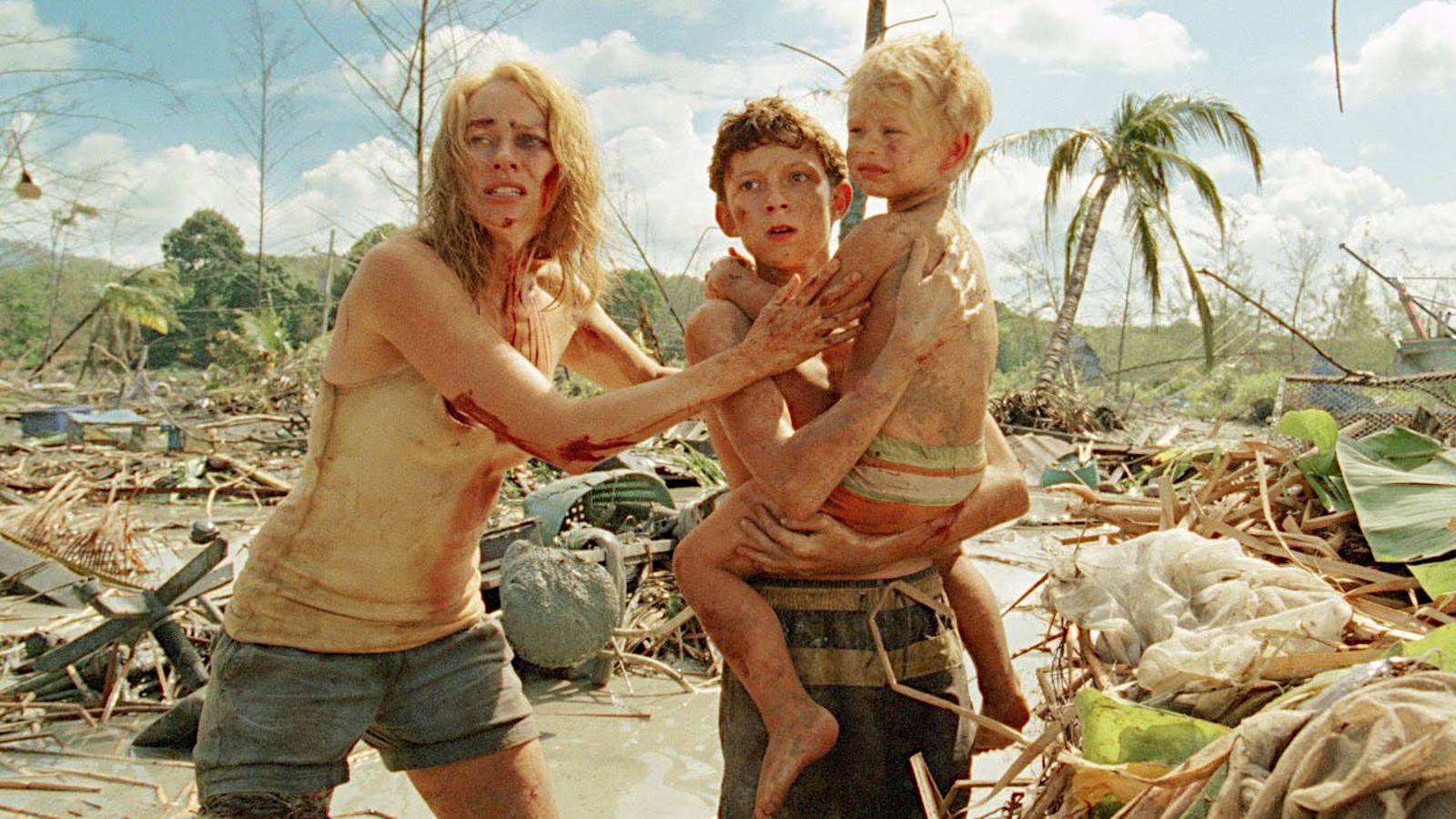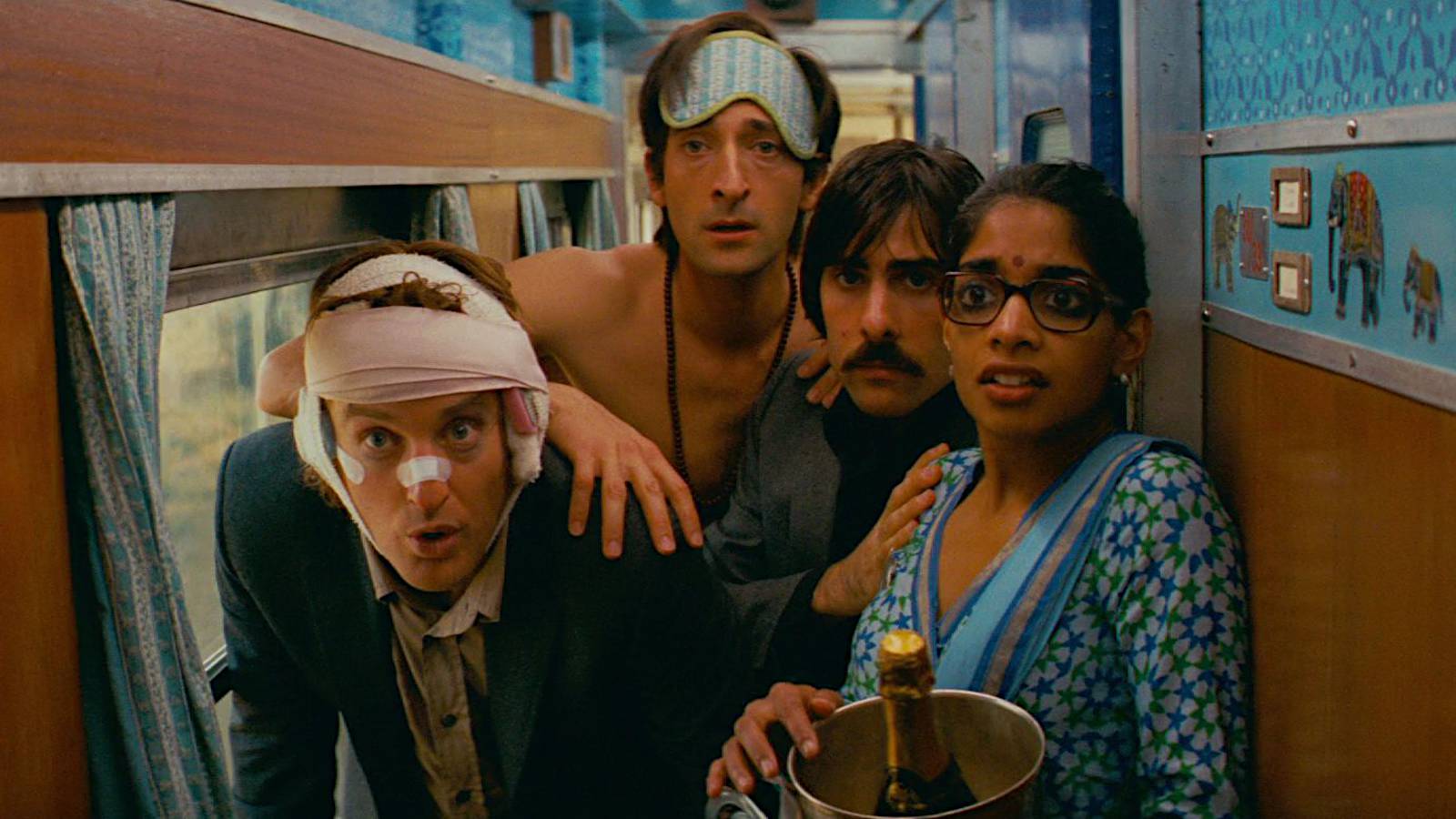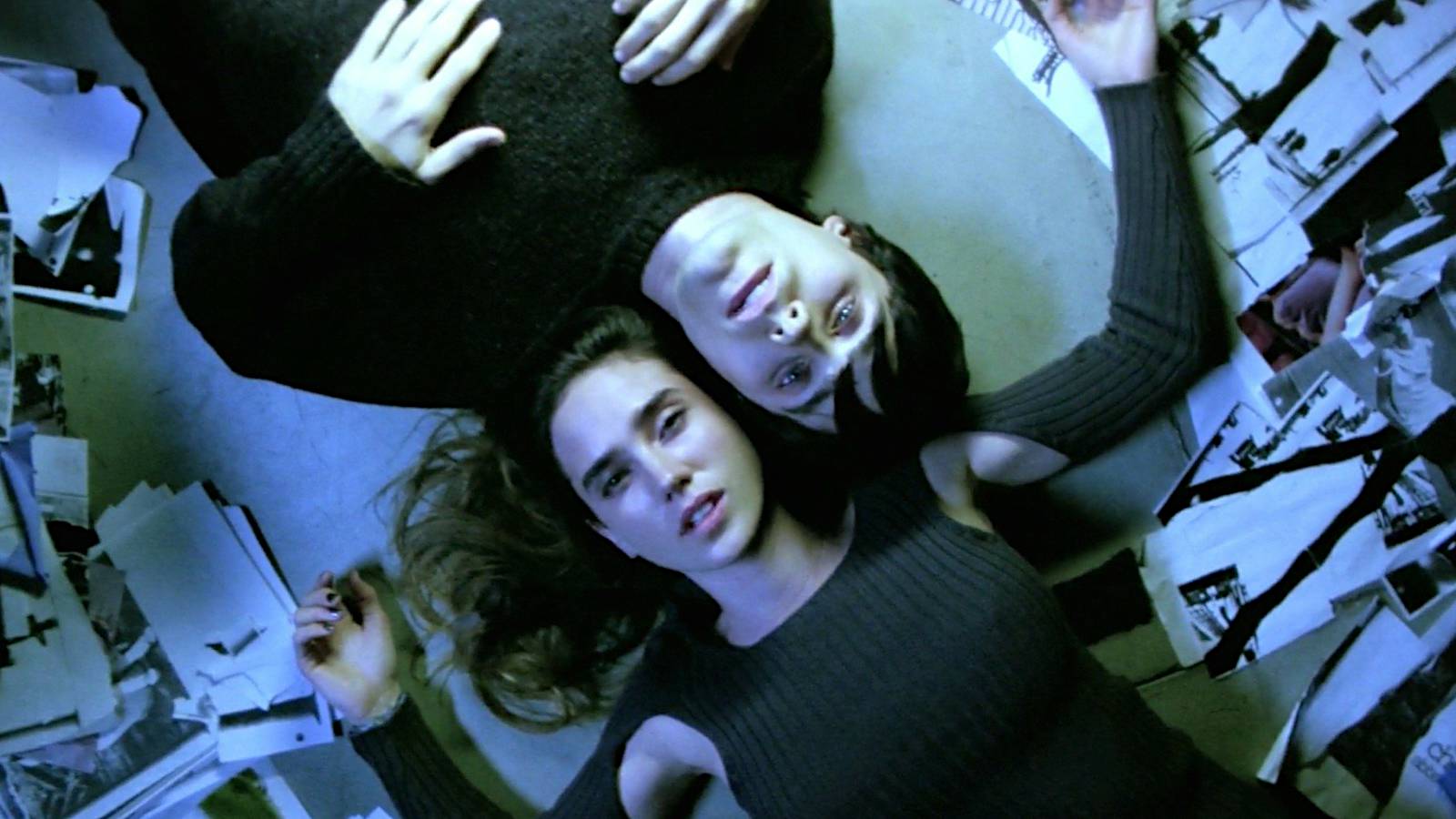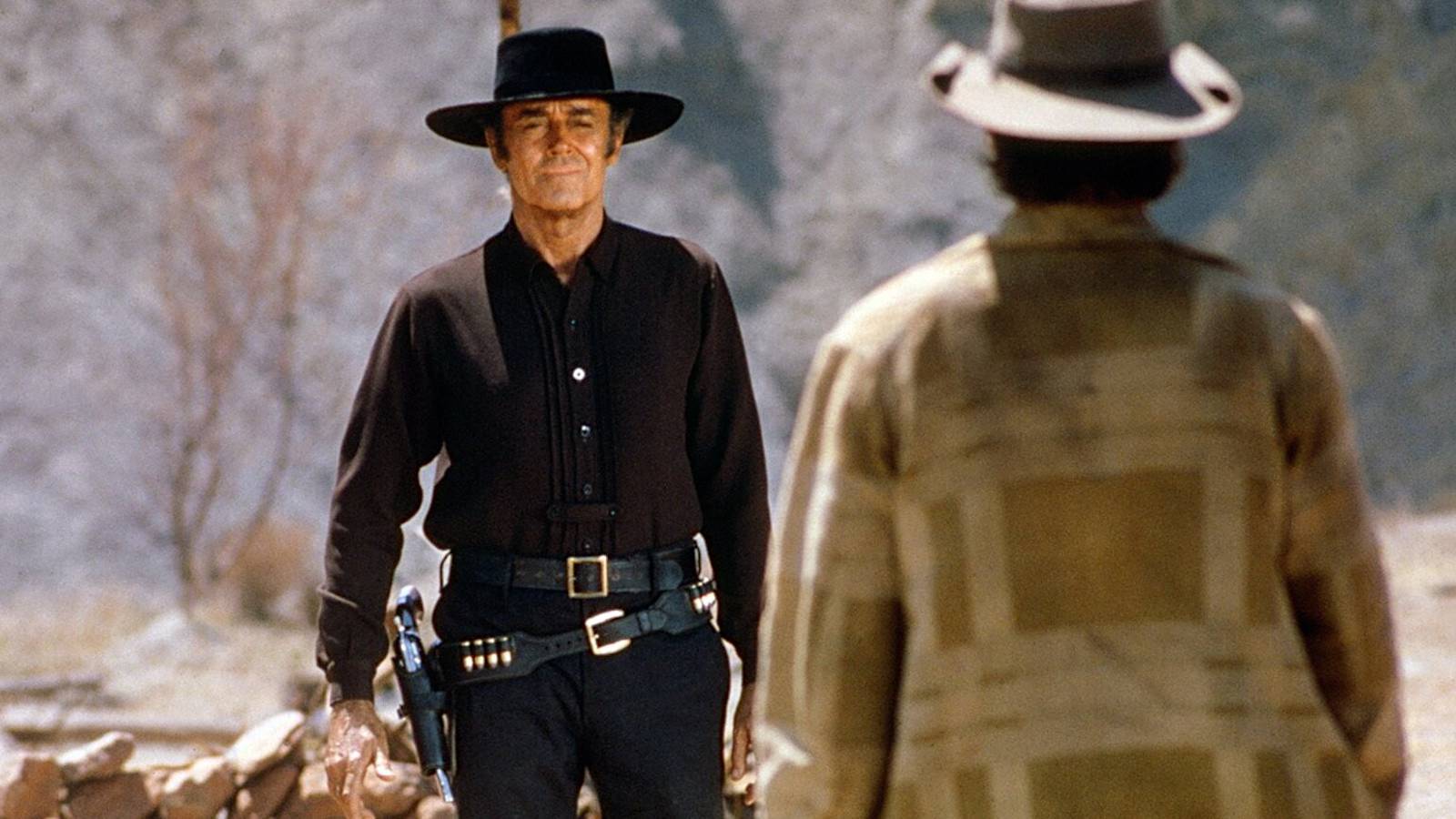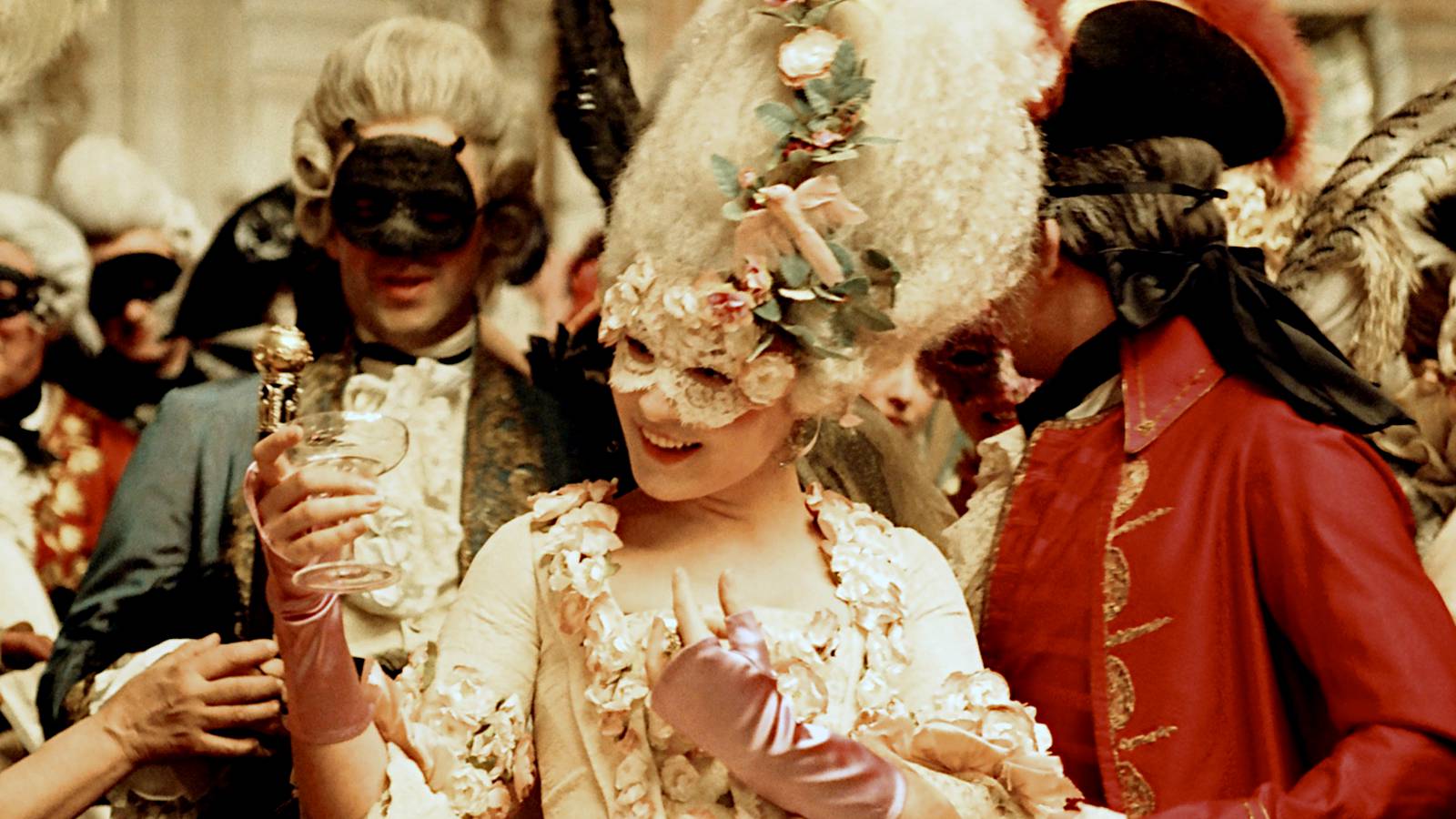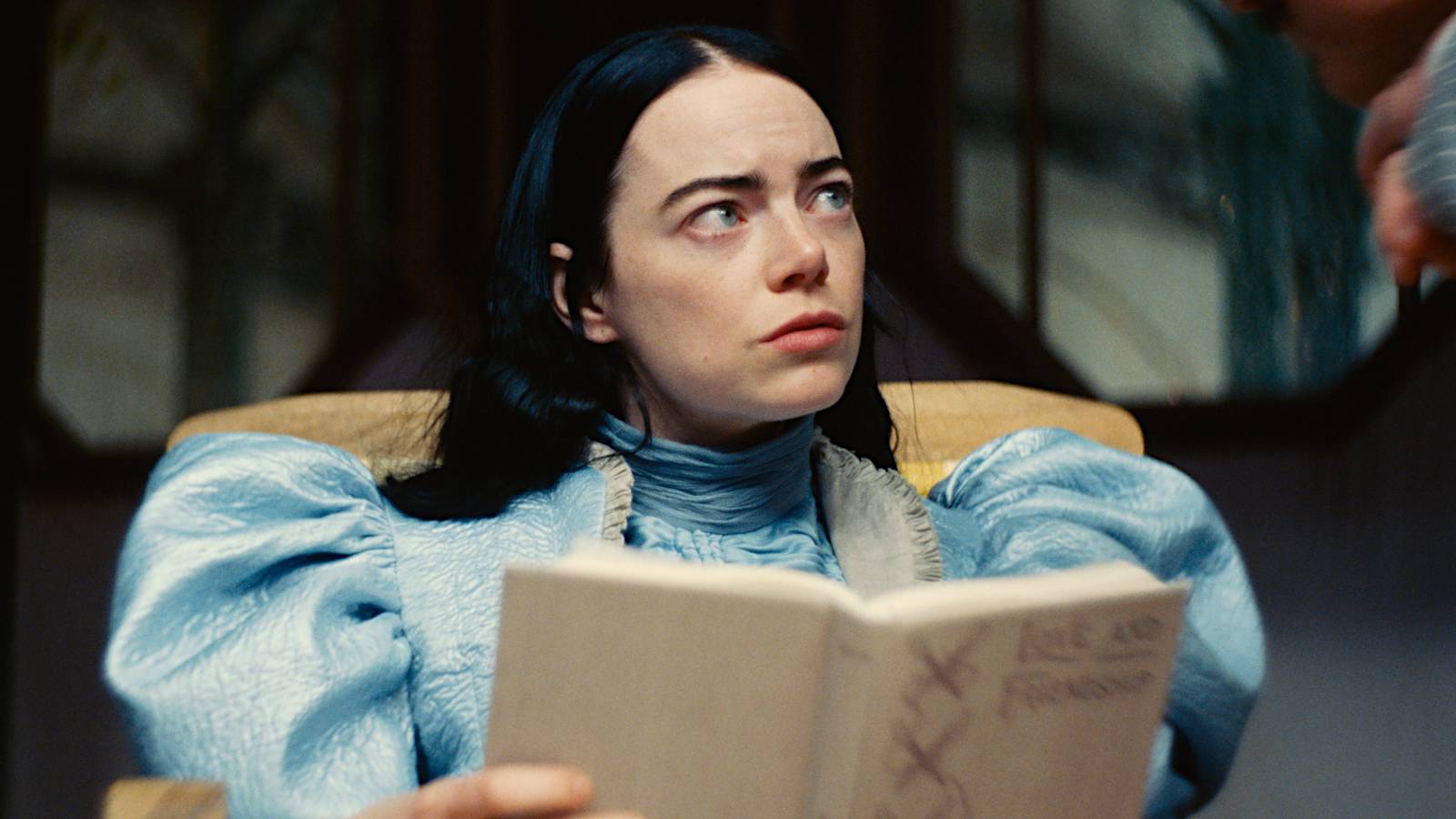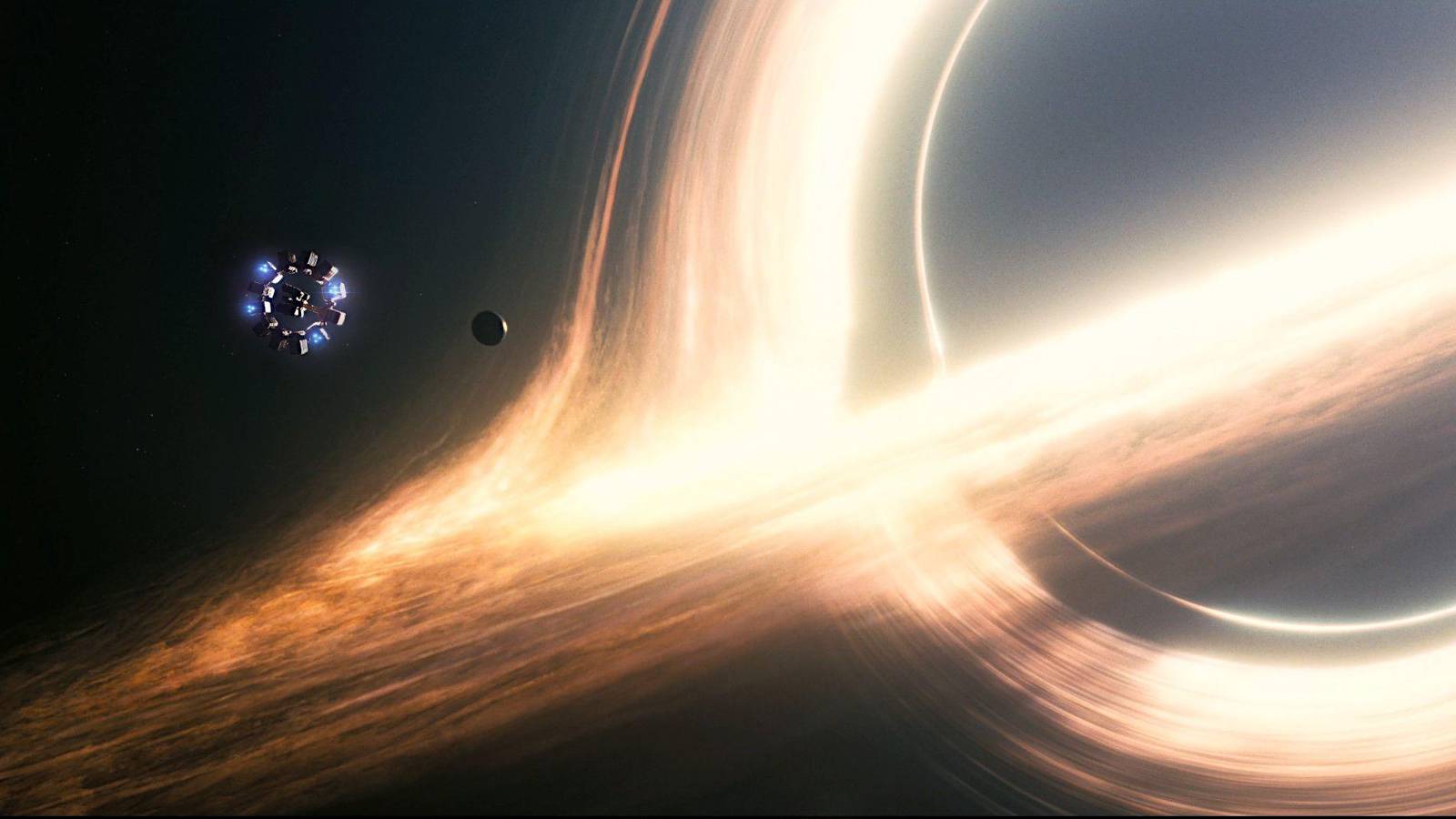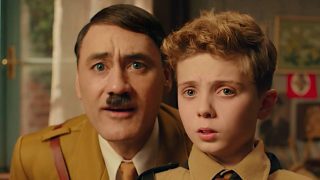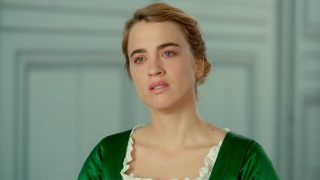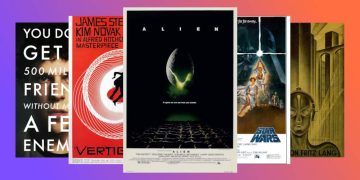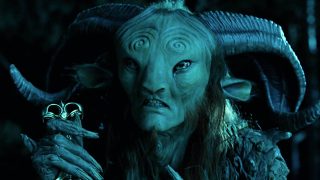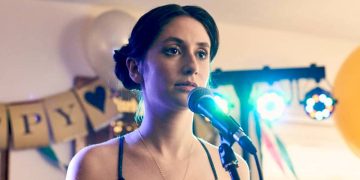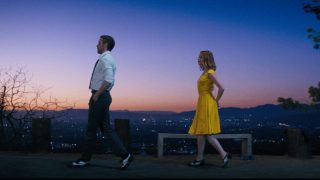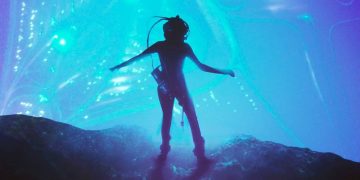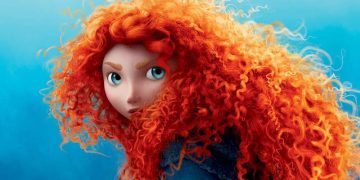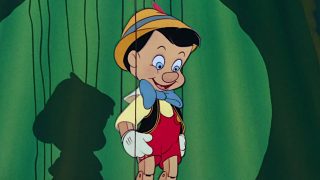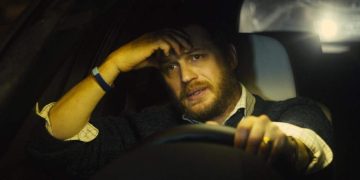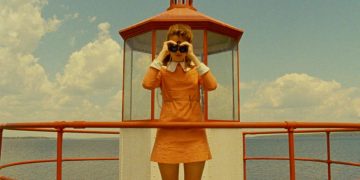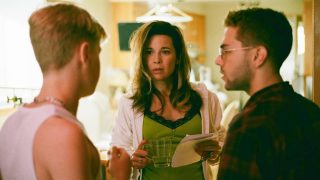11. Maniac (2012)
After the startling success ofThe Lord of the Ringstrilogy that changed cinematic history forever, lead star Elijah Wood took a step back in the film world. Nowadays, the actor can usually be found in offbeat indie flicks that won’t be busting any blocks.
They’re the kinds of films that are made for the pure fun of it rather than in search of extreme profit, meaning they’re able to venture into much weirder territories than Hollywood is willing to go.
One such oddball movie isManiac, starring Wood as—wait for it—a maniac. Frank Khalfoun’s remake of the 1980 exploitation slasher might not have garnered as much of a cult following (the original being a famous video nasty), but it was impressively shot entirely in POV.
The only time we see Wood while he’s murdering women and attaching their scalps to mannequins is through mirrors and windows.
Related:The Best Movies About Psychopaths, Sociopaths, and Maniacs
10. Dark Passage (1947)
Only half ofDark Passageis filmed in POV shots, but it’s still a large consecutive chunk of POVs compared to most films—37 minutes of it is pretty impressive, especially during the 1940s!
First-person perspectives can sometimes come off gimmicky, butDark Passageis a sophisticated and intelligent piece of Golden Age cinema, and it just so happens to be the third collaboration between real-life couple Humphrey Bogart and Lauren Bacall.
Director Delmer Daves spends the first part ofDark Passagefollowing an escaped convict—or rather,asthe escaped convict. Even when Daves eventually switches to “normal” shots, viewers still don’t get to see Bogart’s face because it’s wrapped in bandages.
Warner Bros. execs didn’t appreciate this “subjective camera” approach very much, because it meant the leading man that people had come to see wasn’t even visible for half the movie! Nowadays, that’s not so much of a problem and we can appreciate what it adds to the story.
Related:The Best Film Noir Movies
9. Black Christmas (1974)
The opening shot inBlack Christmasmight feel a little familiar, and that’s because it’s almost identical to the house shot inHalloween!
The two movies have been tirelessly compared, but we’re not here to judge one over the other. We just want to point out how great the camerawork is inBlack Christmas.
Rather than recording a strange man scale a house with a wide shot, Bob Clark puts us in the shoes of the antagonist as he approaches the victim’s home. There’s even the sound of him breathing behind the lens, which we hear again through a creepy phone call (voiced by Nick Mancuso).
Cameraman Bert Dunk made his own DIY Steadicam by attaching a rig to his head while climbing the house, posing as the killer Billy. We don’t even see Billy until the end ofBlack Christmas, proving that less is more—and the shot of Billy’s eye through the door is nothing short of terrifying.
Related:The Best Slasher Movies
8. Lady in the Lake (1946)
Robert Montgomery was an Academy Award nominee for Best Actor, but he also spent his fair share of time in the director’s chair.
Adapted from Raymond Chandler’s 1943 novel,Lady in the Lakefollows a cynical detective who, despite his plans to leave the racket, gets roped into a new case. The POV is only broken a handful of times when Montgomery addresses the audience directly.
His directorial debut was ambitious, to say the least, using his beginner time behind the camera to make the first entirely POV movie (or so the promotional team claimed). On top of that,Lady in the Lakedidn’t have a normal soundtrack—it was a capella.
Luckily for Montgomery, his film noir was a success. Critics commended his use of a Christmas setting to contrast its dark themes, which wasn’t even in the original script.
Related:The Best Classic Old Movies
7. Boiling Point (2021)
Boiling Pointuses the subjective camera in a slightly different way. Rather than acting as the literal eyes of the protagonist, cinematographer Matthew Lewis hangs (mostly) over the shoulder of the film’s central stressed-out chef, occasionally breaking away to the side.
What’s even more incredible about the production ofBoiling Pointis the fact it’s all shot in one take—a single, 92-minute take, which the cast and crew only had four chances to shoot thanks to COVID-19 restrictions!
Stephen Graham guides us through the chaotic world of fine dining, playing head chef Andy Jones on the brink of a nervous breakdown. Getting a first-person insight into the pressures of the kitchen certainly makes us understand the angry chef stereotype a little more.
It’s not just the camerawork that makesBoiling Pointa feat, but the direction, writing, and performances. Philip Barantini also directed the continuation TV series, though it’s not shot as a point-of-view.
Related:The Best Movies About Chefs
6. Cloverfield (2008)
Cloverfieldis, like, the biggest found footage movie of all time next toThe Blair Witch Project. And being a found footage movie means that it’s entirely shot from the point-of-view of whoever’s recording.
In this film, the personal camcorder of Rob Hawkins (played by Michael Stahl-David) is recovered by the United States Department of Defense, consisting of clips of his farewell party that was disrupted by a power outage and a distant explosion in the city.
Part of the reason why Matt Reeves’s monster movie is so effective is because we barely see the actual monster. Instead of a crystal-clear, CGI creature looming over us, we catch glimpses of the gangly monster in scraps of blurry footage—as we would in real-life.
Related:The Best Found Footage Movies
5. Enter the Void (2009)
Most of the films on this list are artsy, indie, experimental, or somewhere in between.Enter the Voidis all of the above—a psychological fantasy drama set in Tokyo.
Oscar (played by Nathaniel Brown) has an out-of-body experience after he’s shot by the police. He then proceeds to hover over the bustling city in a sort of purgatory-limbo, and we get to see everything Oscar sees and hear all of his internal monologue and thoughts.
Director Gaspar Noé described it as a “psychedelic melodrama” that vividly depicts DMT hallucinations. The trippy imagery is achieved through lots of neon lights and complex crane shots, all taken from the protagonist’s POV of life after death.
Despite delayed release and poor box office figures,Enter the Voidis now marveled for its innovation and creativity.
Related:Trippy Drug Movies That Depict Psychedelic Experiences
4. Being John Malkovich (1999)
Being John Malkovichis a beginner’s guide to cinematic surrealism, like Salvador Dali meets Hollywood. Seriously, it’s really weird.
But Spike Jonze’s fantastical comedy uses a coherent narrative and famous faces to keep mainstream audiences in the loop, most prolifically in the form of actor John Malkovich himself. The film is shot from the A-lister’s perceptive, but in an unusual way.
When failing puppeteer Craig (played by John Cusack) finds a portal that leads into the mind and body of John Malkovich, he discovers that you can only stay there for 15 minutes before being ejected onto the New Jersey Turnpike.
Pretty random, huh? The maddest bit is when Malkovich himself enters the tunnel and ends up in some bizarre Malkovich doppelgänger nightmare that you won’t soon forget.
Related:Surrealism in Movies, Explained (With Great Examples)
3. The Diving Bell and the Butterfly (2007)
Jean-Dominique Bauby was given a fate worse than death when a stroke left him with locked-in syndrome: when you’re completely paralyzed and basically in a coma, except you’re fully awake and aware.
But that didn’t stop him from publishing his memoirs in 1997, which was the basis forThe Diving Bell and the Butterfly. Bauby (played by Mathieu Amalric) is unable to speak or move a muscle, but still has complete awareness. He can also only see out of one eye.
The Diving Bell and the Butterflyopens to Bauby in the hospital where his paralysis feels, to him, like sinking underwater in a diving bell. Director Julian Schnabel employs the POV filming method to accentuate Bauby’s feelings of entrapment.
Over time, Bauby painstakingly learns to communicate—and as he learns to view himself as others do, Schnabel pulls out of the claustrophobic POV into more traditional outside shots.
Related:The Most Emotionally Devastating Movies
2. Russian Ark (2002)
Historical films are rarely experimental, but it works really well in Alexander Sokurov’s 2002 dramaRussian Ark.
This film isn’t just shot entirely in POV, but it’s also one continuous take! No wonder it’s considered one of the greatest films in Russian cinema and a definite must-watch for cinephiles.
Russian Arkhas us meandering through Saint Petersburg in the implied ghost of the unnamed narrator, who we suppose died in the palace. Marquis de Custine—a real 19th century French traveler, played by Sergey Dreyden—accompanies us on this journey.
We meet a bunch of famous historical people along the way, some real and some fictional. Not only does Sokurov astound us with his continuous Steadicam technique, but there are tons of fourth wall breaks, too!
Related:The Long Shot Film Technique, Explained (With Examples in Movies)
1. Rear Window (1954)
Rear Windowactually uses quite a few external shots, but it’s such a famous classic that leans so heavily into its POV themes that we’re making it number one.
The whole premise centers on a photographer who spends his days gazing out the window with his telescope.
Alfred Hitchcock was a lover of voyeurism, so having his protagonist window-watch people for nearly two hours is no surprise. Like Jeff (played by James Stewart), we watch his neighbors go about their days through the POV of his telescope.
Using this technique, Hitchcock manipulates us into only witnessing what Jeff sees as he grows suspicious of a murder across the street.
Related:The Best Movies About Neighbors



![]()
